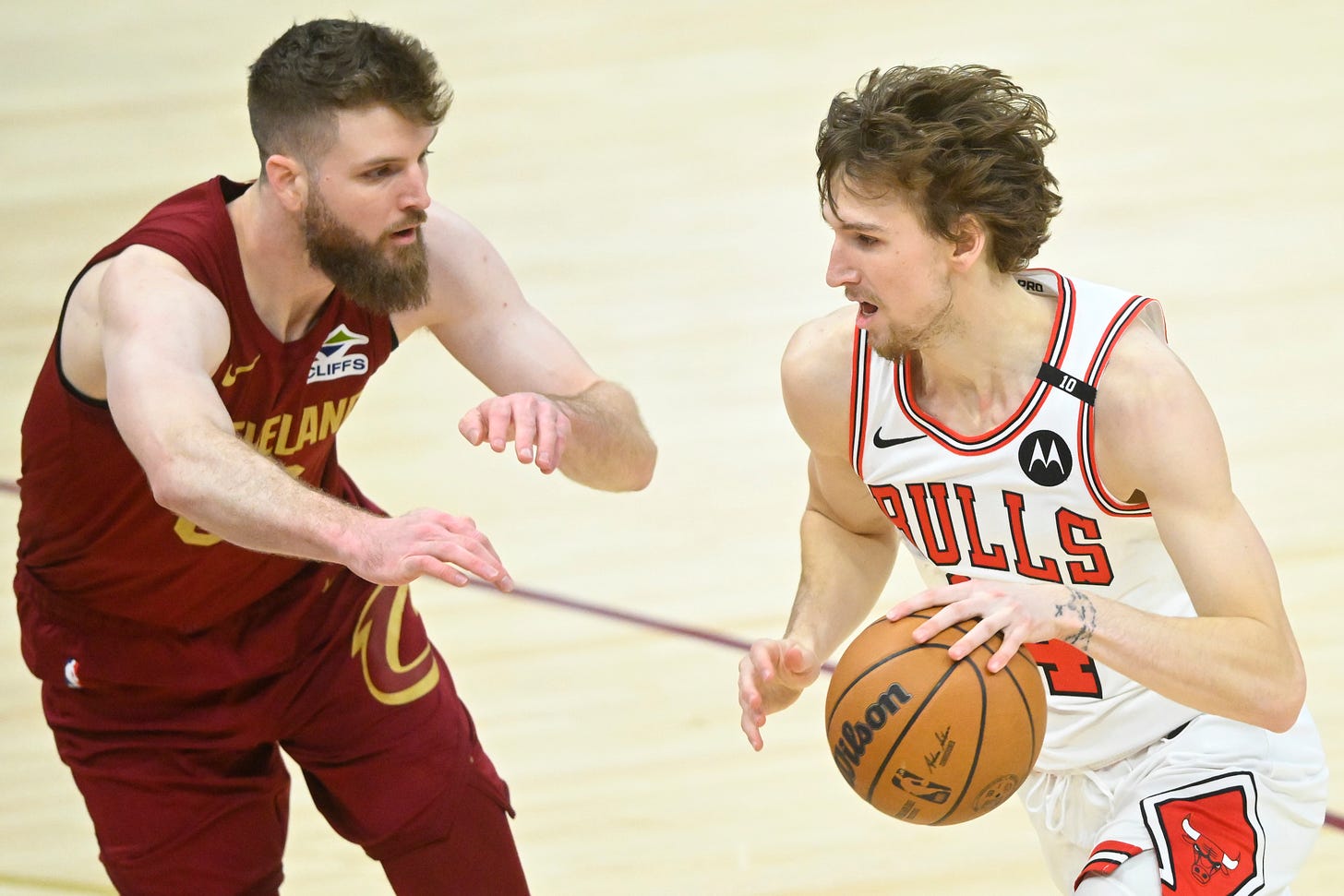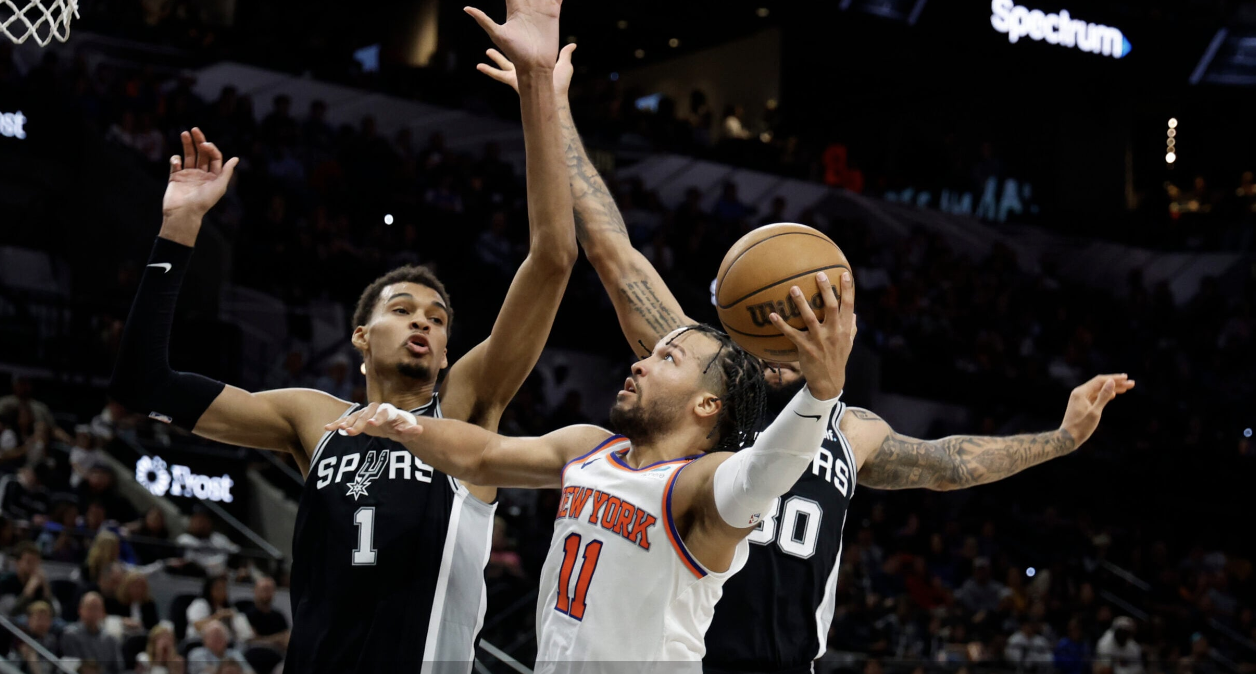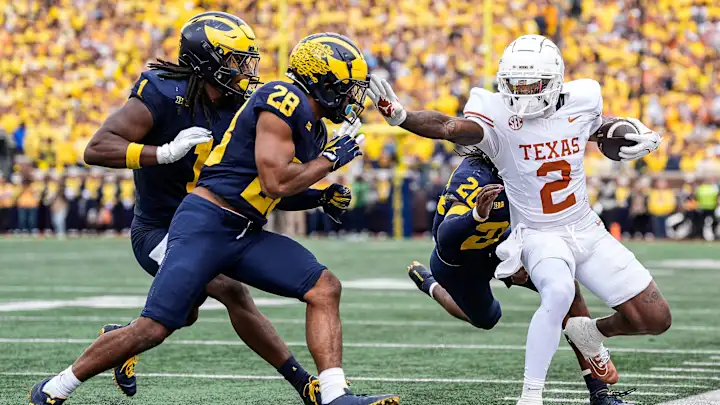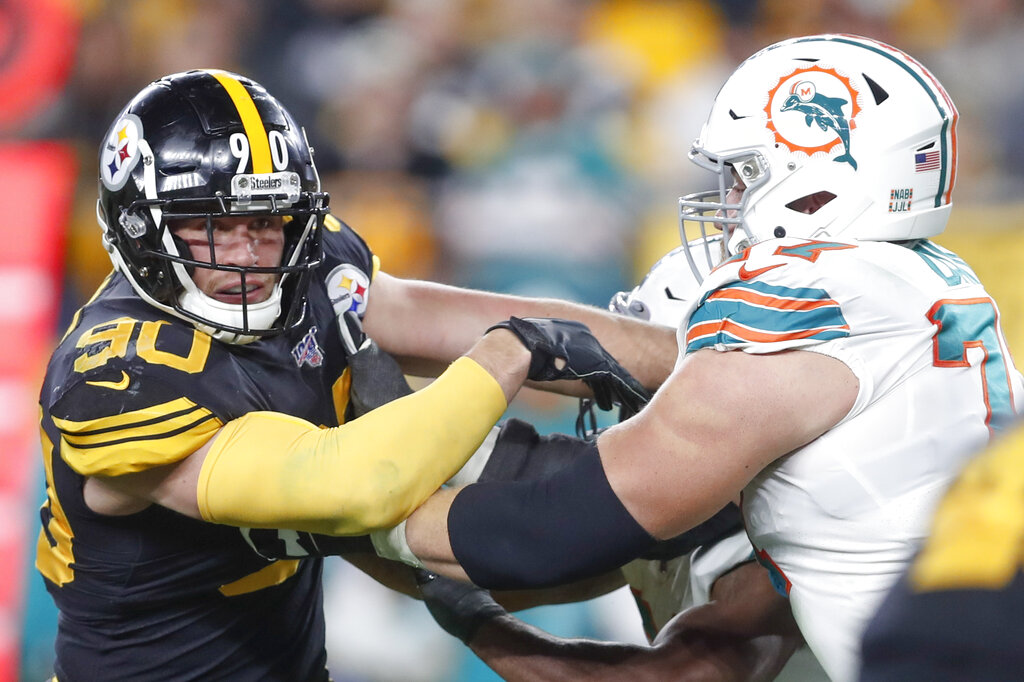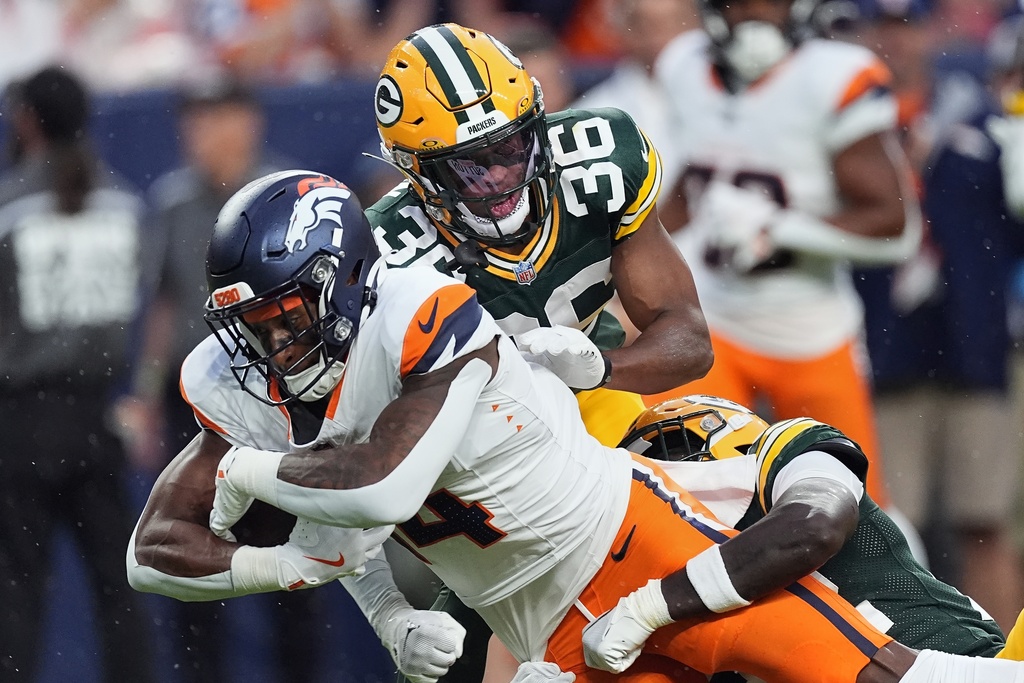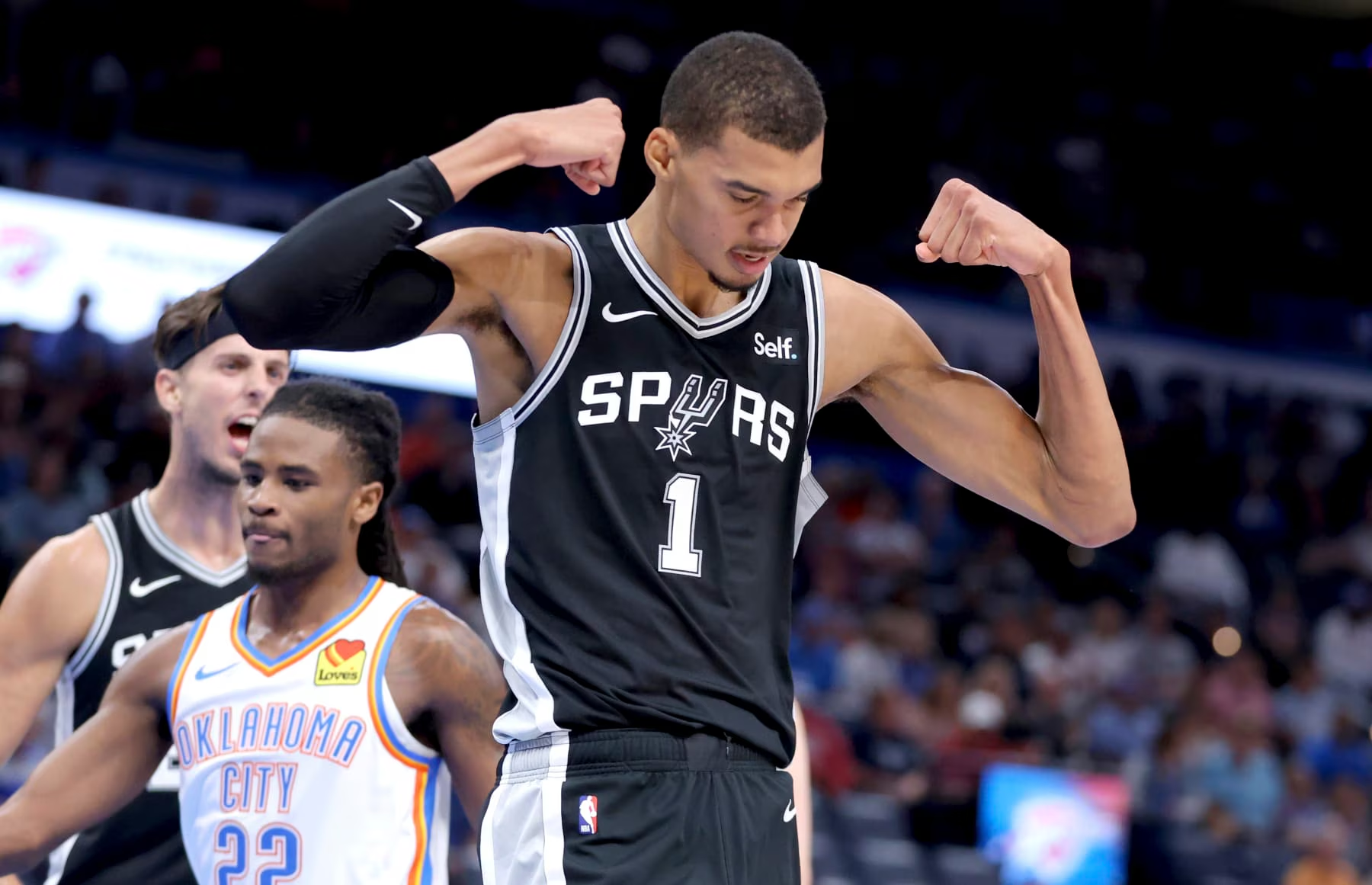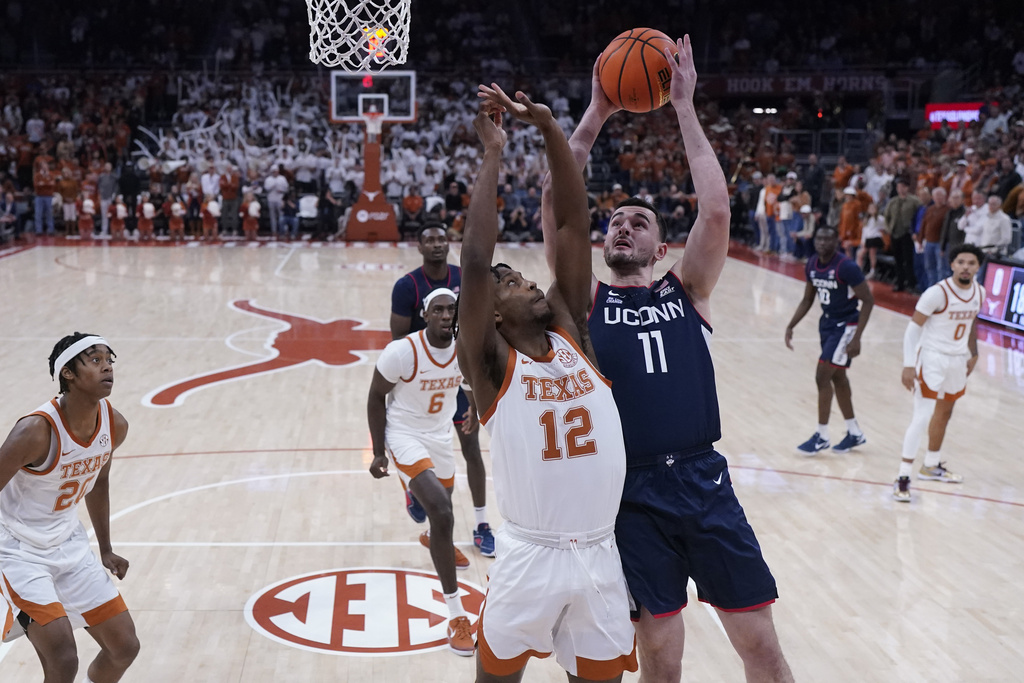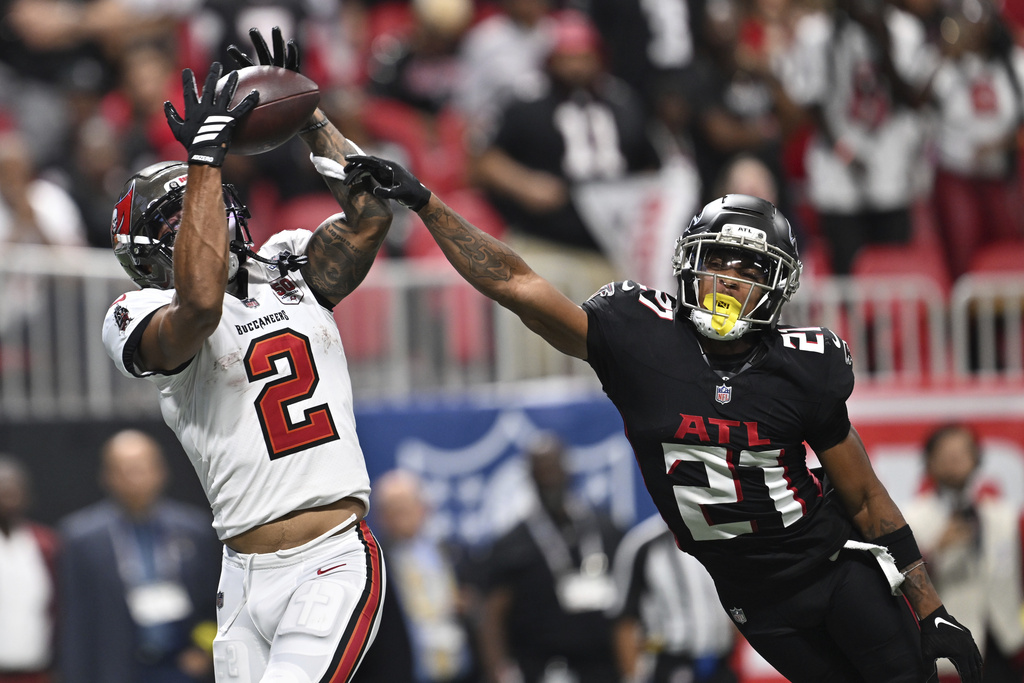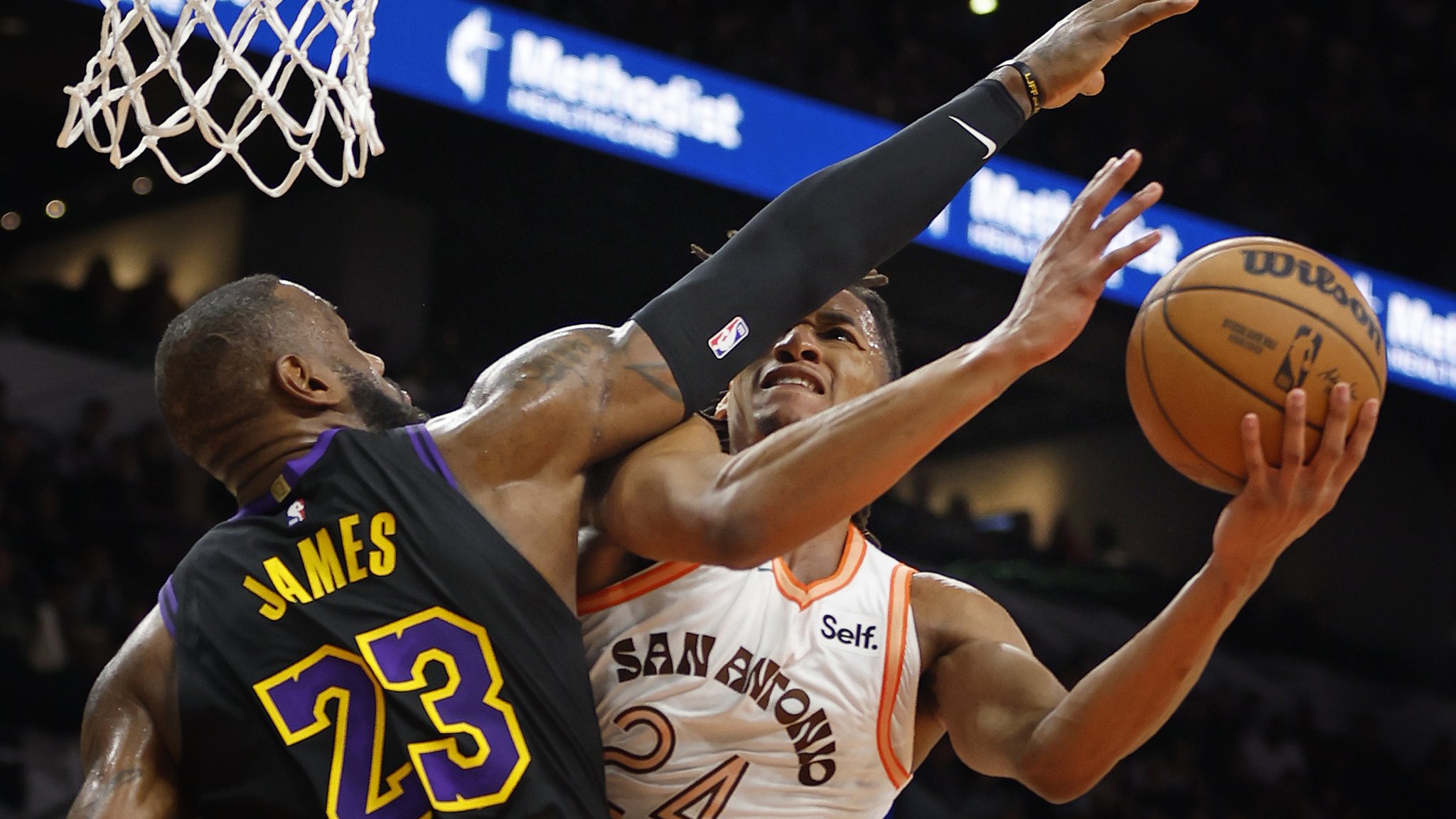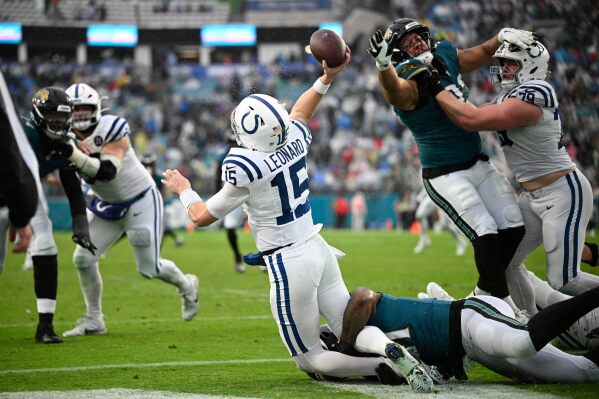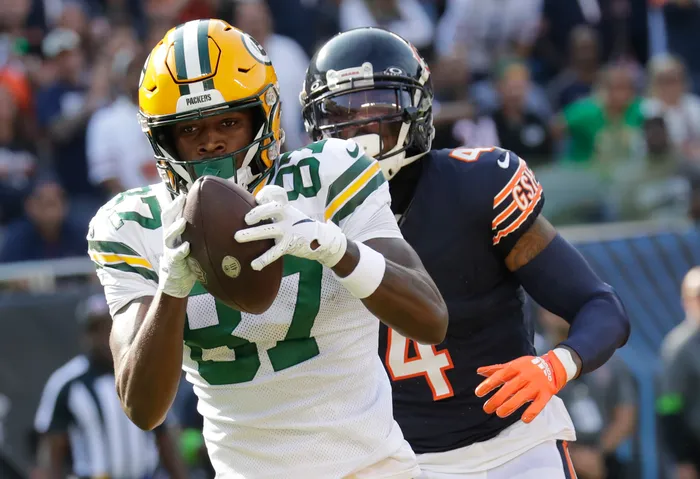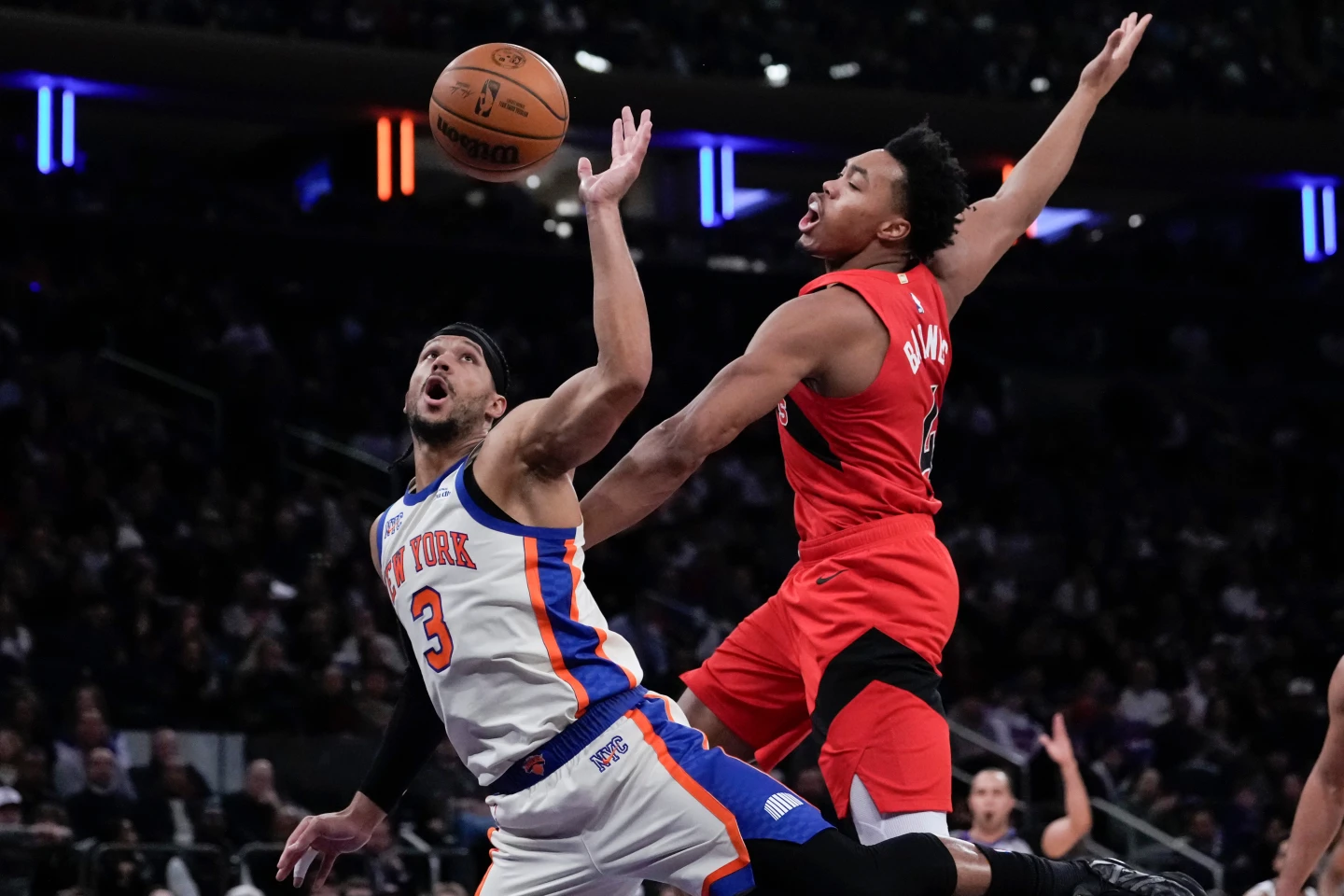ASA NFL NEWS & NOTES
WASHINGTON COMMANDERS – Washington was shut out last week losing 31-0 @ Minnesota. QB Jayden Daniels came back after missing 3 games due to an injury. He left this game after injuring his elbow in the 3rd quarter. That’s the 3rd consecutive game in which Daniels was the starter but unable to finish the game due to an injury. The Commanders have now lost 8 straight games with 5 of those setbacks coming by at least 3 TD’s. While the offense hasn’t been great, the defense has allowed at least 27 points in 6 of their last 7 games. They now rank dead last in YPP (6.4) and 28th in scoring D allowing 27 PPG. This week they are on the road again as a 2.5 point dog (as of Monday) @ NY Giants. Keep in mind, NFL teams coming off a shutout loss have cashed the following game at a 72% clip over the last 10 years and they are a perfect 4-0 ATS this year. Ironically, the Vikings were in that spot last weekend vs Washington having lost @ Seattle 26-0 the previous week.
INDIANAPOLIS COLTS – What a bad luck stretch for the Colts. After trading 2 first round picks to get lock down CB Sauce Gardner from the Jets, he goes out with a calf injury and his potential return is unknown. On top of that, they lose starting QB Daniel Jones for the season to a torn achilles. This team was heading down the wrong path before those injuries happened. They have lost 3 of their last 4 games outright when tabbed as a favorite. The offense, which led the NFL averaging 34 PPG through October, has now been held to 20 points or less in 4 of their last 5 games. They still rank 6th in total offense putting up 368 YPG but over the last 3 games they’ve only averaged 273 YPG which ranks 26th in the NFL during that stretch. The Jones injury is obviously huge, but to make matters worse, the Colts back up QB and former starter Anthony Richardson is also on IR. On top of that, their 3rd stringer, rookie Riley Leonard, injured his knee last week and may not play. That leaves veteran Brett Rypien (7 seasons and 950 career yards passing) who is currently in their practice squad or possibly retired QB Philip Rivers who they had come in for a workout this week. Indy is a massive 12.5 point dog @ Seattle this week and if this game was played a month ago we’d be looking at the Seahawks as a 3 or 4 point favorite. That’s how far the Colts have fallen in a short period of time.
KANSAS CITY CHIEFS – After their 20-10 home loss vs Houston on Sunday, KC has been eliminated from AFC West contention and their playoff chances have dipped to just 15%. That ends a 9 year run winning the AFC West which was the 2nd longest streak in NFL history only behind New England who won the AFC East for 11 straight season (from 2009 – 2019). The crazy thing is, Kansas City’s numbers this year are better than last year when they went to the Super Bowl. Listen to this stat…The Chiefs have a 6-7 record and their point differential is +63. Last year they were 15-2 with a point differential of +59! They also have better YPG and YPP this season. Close games results have been the difference. This year they have a 1-6 record in one score games and last year they were 12-0 in that situation.
HOUSTON TEXANS – What a turnaround by the Texans. They looked dead in the water after starting the season 0-3 and winning only 3 of their first 8 games. Their odds to make the playoffs after their first 8 games was less than 10%. They have since won 5 straight games to move their record to 8-5 and their playoff odds are now above 80%. Their 5 game run hasn’t been easy with 4 of those wins coming vs the Bills, Chiefs, Jags, and Colts (prior to QB Jones injury). They are 1 game behind Jacksonville in the AFC South and the Texans close out the season with 3 of 4 at home and a fairly easy slate (Arizona, Las Vegas, and now injured Indy at home along with a game @ LA Chargers). Houston now ranks 6th in the NFL DVOA metric (behind only Seattle, LA Rams, Detroit, Indianapolis and Green Bay) and they have the 2nd best defense according to DVOA. That defense has allowed 19 points or less in 6 of their last 7 games.
NEW ORLEANS SAINTS – Don’t look now but the Saints are playing really well over the last month. They only have 3 wins on the season but 2 of those have come in the last 4 games and they are 3-1 ATS their last 4. Their 2 wins over the last month both came on the road vs NFC South rivals Carolina and Tampa Bay who both currently have winning records. Their rookie QB Tyler Shough had a shaky first 2 starts but over his last 4 he’s completed 69% of his passes and he threw for at least 239 yards in 3 of those games. On Sunday he became just the 2nd rookie QB in Saints history to win at least 2 games (Archie Manning was the other). The defense has been under appreciated all season. They rank 12th in total defense, 10th in YPP allowed, and 6th in 3rd down percentage defense. The Saints have the 3rd easiest schedule to close out the season facing the Panthers, Jets, Titans and Falcons.
MIAMI DOLPHINS – Miami is another team whose season was heading downhill fast and they turned it around. They lost 6 of their first 7 games with their only win during that stretch coming vs the Jets and head coach Mike McDaniel was one of the betting favorites to get canned before the season came to an end. They have since won 5 of their last 6 games with their only loss during that stretch coming @ Baltimore in a game they lost the turnover battle 3-0. In their 5 wins since October 26th the defense has allowed an average of 12.5 PPG on just 293 YPG. What an improvement from a defense that allowed 30+ points in each of their first 3 games of the season with their opponents scoring points on 17 of their 26 offensive possessions. They’re pretty much out of the playoff discussion but could be dangerous down the stretch.
CHICAGO BEARS – The Bears are 9-4 and while they are much improved this season, they are overvalued. Despite their record, Chicago has a negative point differential which is almost impossible to pull off with a 9-4 record. They are 6-2 in one score games which helps. The Bears have also been outgained on the year by an average of -0.6 YPP as they average 5.7 YPP on offense and allow 6.3 YPP defensively. So how have they done it? Turnovers. They lead the NFL in turnover margin by a wide margin at +17 and the Texans are next best at +12. Their 27 takeaways are 5 more than any other team in the NFL. The Bears have won just 1 game where they were even or minus in turnover margin (vs Pittsburgh). In their 9 wins, Chicago has a turnover differential of +20 so more than 2 per game. In a few of their wins, they were +3 or more and the games still went to the wire. They were +3 turnovers vs Las Vegas and won 25-24. They were +3 vs Washington and won 25-24. They were +4 vs Cincinnati and won 47-42. Barely beating some bad teams with a huge turnover advantage isn’t ideal. Can they continue to dominate the turnover stat? If so, they’ll win games, if not, they probably won’t. Tough schedule down the stretch as well facing the Packers, 49ers, and Lions still to close out the season.
Read more
